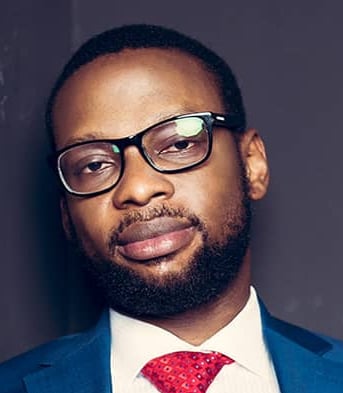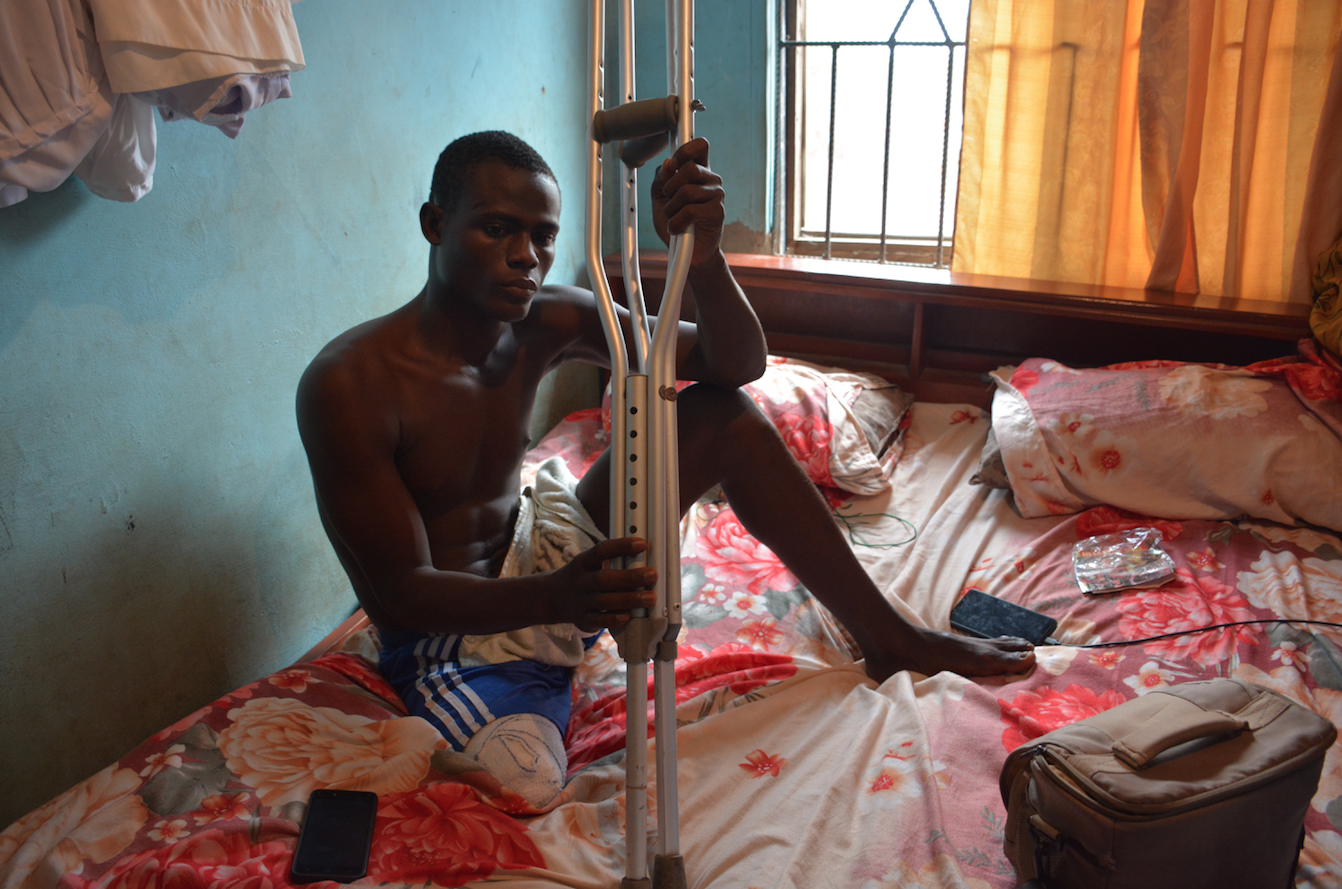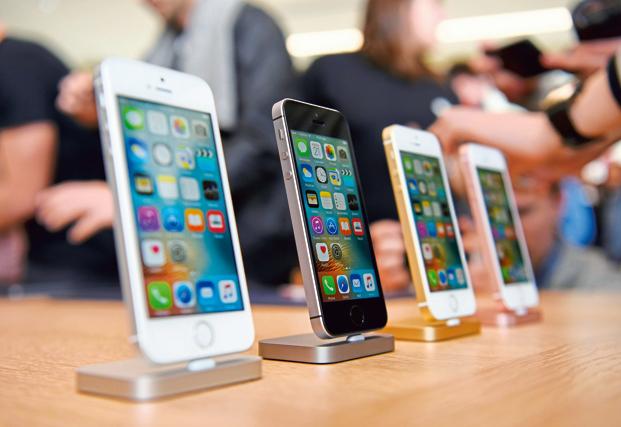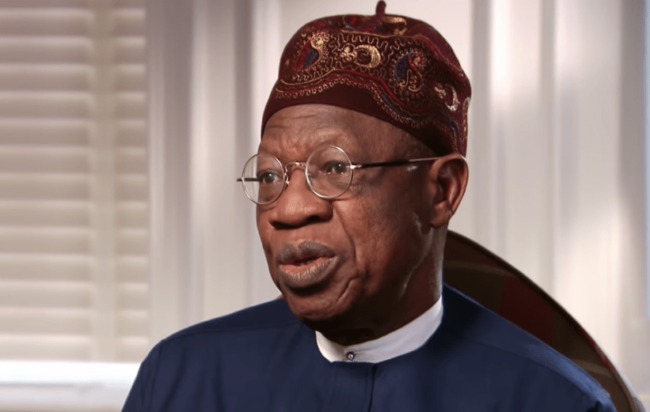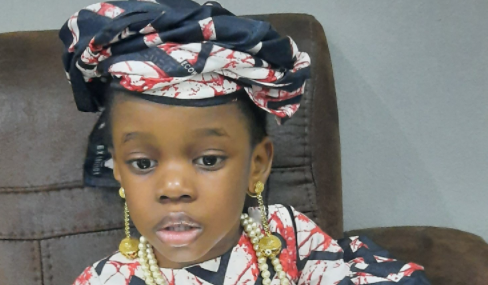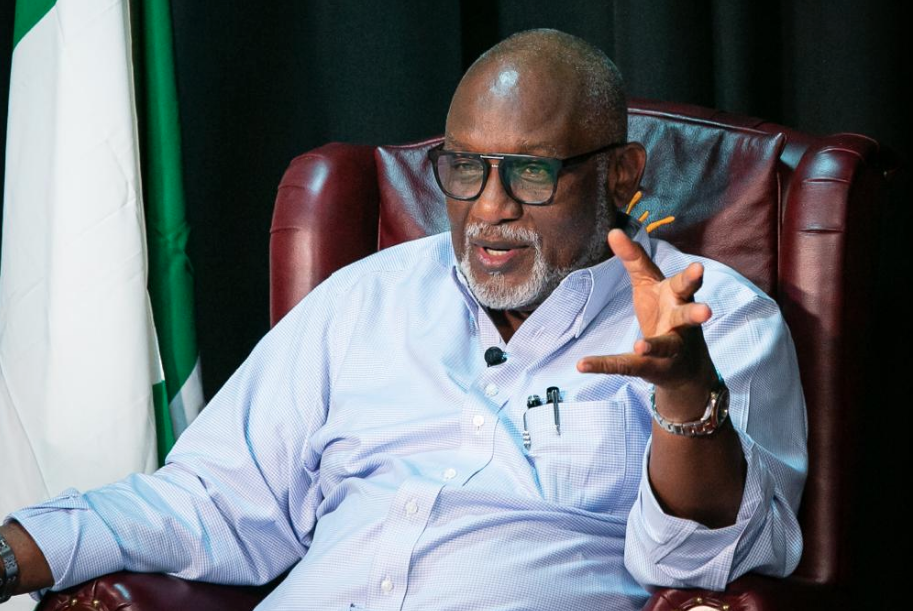Investigative journalist ‘Fisayo Soyombo spent 10 weeks tracing the deaths, disappearances and injuries from the military raid on protesters at the Lekki Toll Plaza on October 20, 2020. In the last of this three-part series, he tells the saddening stories of two protesters who went missing — one was found after two weeks — and a few more who suffered life-changing injuries or had their legs amputated.
This is the third of a three-part series. You may read Part I here and Part II here.
WARNING: This story contains sensitive content. Viewer discretion advised.
Shot On a Boat, Saved by a Stranger
Advertisement
JOSHUA OSSAI
Joshua Ossai knew he had to flee for his life at Lekki Toll Gate when soldiers started shooting live bullets at youth protesters asking for an end to police brutality. He joined dozens of other protesters in running towards the waterway with the intent to escape on a boat. They all thought they had breasted the tape when they landed on water, ready to sail away to safety. Only that soldiers continued raining bullets at them; and by the time the gunshots stopped, a bullet had hit Joshua in the leg — the region between his leg and ankle.
Despite the injury, Joshua was one of a few protesters who managed to arrive ashore in faraway Ikorodu, where a Good Samaritan nursed his wounds for two weeks. All along, his panicky family sent word round, including on social media, that their boy was missing. When his helper finally reunited him with his family, Joshua said the protesters who attempted to escape using a boat were shot at in the water by soldiers.
Advertisement
“Some people died inside the water,” he was quoted as saying.
So, could we interview Joshua or any member of his immediate family? No chance. Not in the world.
Joshua’s homecoming after two weeks during which he was believed to be missing — possibly dead — was the greatest news of the season for his family as well and friends, two of whom visited him and subsequently spoke publicly about Joshua’s condition, accompanied by evidence. This was followed by calls from people claiming to be government and wanting to help with “healthcare”. The following day, one friend was killed. Three days later, the second was killed too. Within three days, these two friends had been killed in two separate mysterious circumstances. Their families, like Joshua’s, are avoiding the press.
But, again, FIJ found a way to penetrate a group of friends to whom Joshua had narrated his ordeal.
Advertisement
“They went through the water. They were all running,” said the friend. “Some people fell into the water but Joshua and some others kept running… This government is wicked. These soldiers are wicked. Protesters were trying to escape by water and then you were shooting at them again. How could they be shooting at people trying to escape by sea?”
When Joshua was found by the Good Samaritan, he couldn’t talk due to the shock. There was no phone on him, so it was impossible for his family to be reached. In the end, the social media post announcing his disappearance turned out the saving grace. The Good Samaritan reached out.
In those two weeks, his mum “almost lost her life”. She had warned him against joining the protest — she had quarreled with him, in fact — so she spent the two weeks blaming herself and wondering if she could have tried harder to stop him. Those who know Ossai’s mum have told FIJ she was only kept alive by heavy doses of drugs.
A Harmless Invitation That Meant Goodbye Forever?
Advertisement
ABBEY
It wasn’t Abdulrahmon Razak who shot Abbey, as he is fondly known, in the scrotum. But two months later, he continues to bear the brunt of his friend’s disappearance. The two friends were at the toll gate together but with one missing since that night, the other is under pressure to produce him.
Advertisement
“When the soldiers came in, the protest coordinators told us to keep waving the Nigerian flags in our possession,” Abdulrahmon tells FIJ when asked to recall his final moments with his friend. “But suddenly the soldiers started shooting at us. As they were shooting at us, my friend and I fled. We missed each other when everyone ran away. What I know is that he was shot.”
Witnesses told Abdulrahmon that someone made a tenuous attempt to rescue Abbey, but backed off when he felt the young man was dead.
Advertisement
“That’s why the person dropped him,” says Abdulrahmon. “After that day, I looked for him but didn’t find him. Even right now, we don’t know where he is. His number has not been connecting.”
Abbey’s family won’t let Abdulrahmon rest. He was, after all, the one who invited their son to the protest ground. They’ve called him numerous times to produce their son. On an occasion, they showed up at his work station to confront him.
Advertisement
As expected, Abdulrahmon was a member of a search team that combed Lagos for Abbey, beginning from Vedic Lifecare Hospital, located on Olabanji Olajide Street, Lekki Phase 1 100283, Lagos, where they were told their man hadn’t been seen. Many of the victims brought to Vedic, staff said, had been transferred to other hospitals at Lekki and Ajah.
“Till date, we haven’t set eyes on him. His number has been unreachable,” Abdulrahmon laments. “Many people died but, you know, we can only talk about the people we know personally. This person was my bosom friend. We ate and slept together.”
Abdulrahmon and a fellow protester say “more than 30” were killed that night. “They switched off the lights at the toll gate that evening,” he recalls. “Then the soldiers brought guns. Those guys are wicked. They wore balaclavas; they covered their faces.”
Walk No More
OLALEKAN FALEYE
Olalekan Faleye had never been to the hospital before. Not even at birth.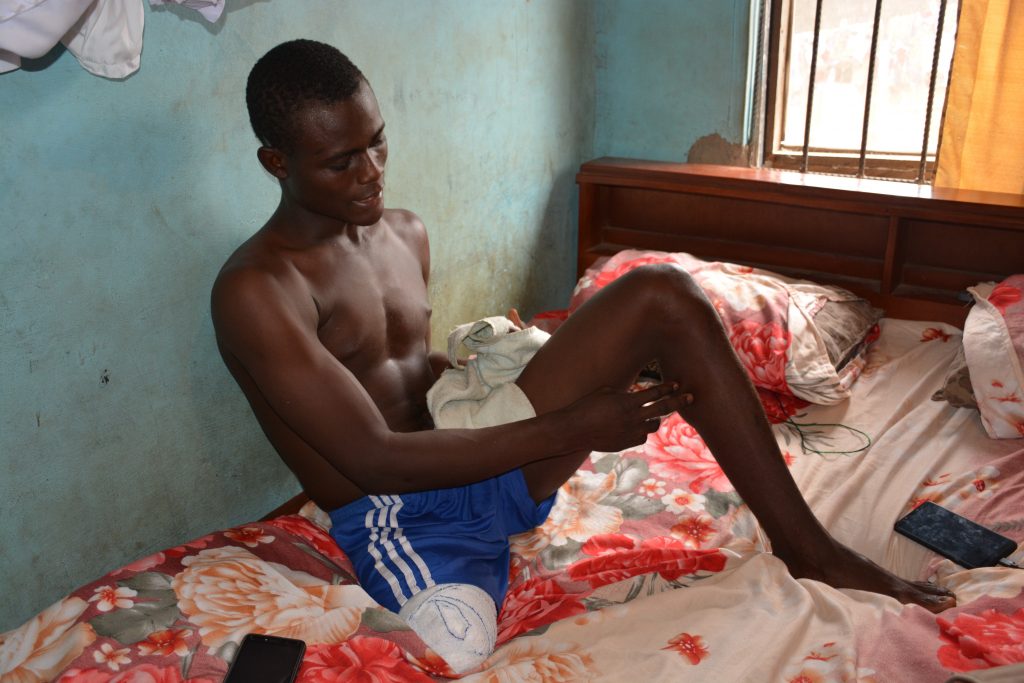
When his mum went to labour 23 years ago, it was in their family house in the ancient city of Ile-Ife, Osun State. Lekan was birthed on the passage, his mother subsequently cleaned up indoors by an auxiliary nurse in the neighbourhood. From infancy to adulthood, Olalekan never saw the interior of any hospital. Not for immunisation, not for typhoid. Not even for malaria. Until October 20, 2020.
Originally trained as a cobbler before working as a labourer with Black Diamond Engineering, Olalekan finished work at the site at about 2pm on that day, bathed himself and proceeded to the Lekki Toll Plaza, where hundreds of young people were demanding an end to police brutality of civilians, in continuation of the #EndSARS protests. Some of his friends would later leave the protest ground but he stayed back. At about 7pm, chants of “the Army is here” rented the air.
“We were told to sit down and just wave our flags — not run. We did just that and nothing more but we soon started hearing gunshots. They first shot into the air, and then they pointed the guns at the people. The gunshots were so sporadic I felt I needed to escape.”
Olalekan thought he had already escaped only to discover a bullet had hit his right leg. Protesters circled around him. Someone attempted to arrest the blood flow with a piece of clothing tied around the affected leg. Then another carried him. Others stopped a car to ferry him to Vedic Hospital, Lekki Phase 1, where the extent of damage was established to be lethal. The bullet had pierced through a side of his leg and exited through another. Olalekan was advised to try a bigger hospital. He ended up at Grandville Trauma Centre, located at Plot 004 Eleganza Shopping Mall Lekki, Lagos, where some gruesome news was looming.
‘Your Son’s Leg Will Be Amputated’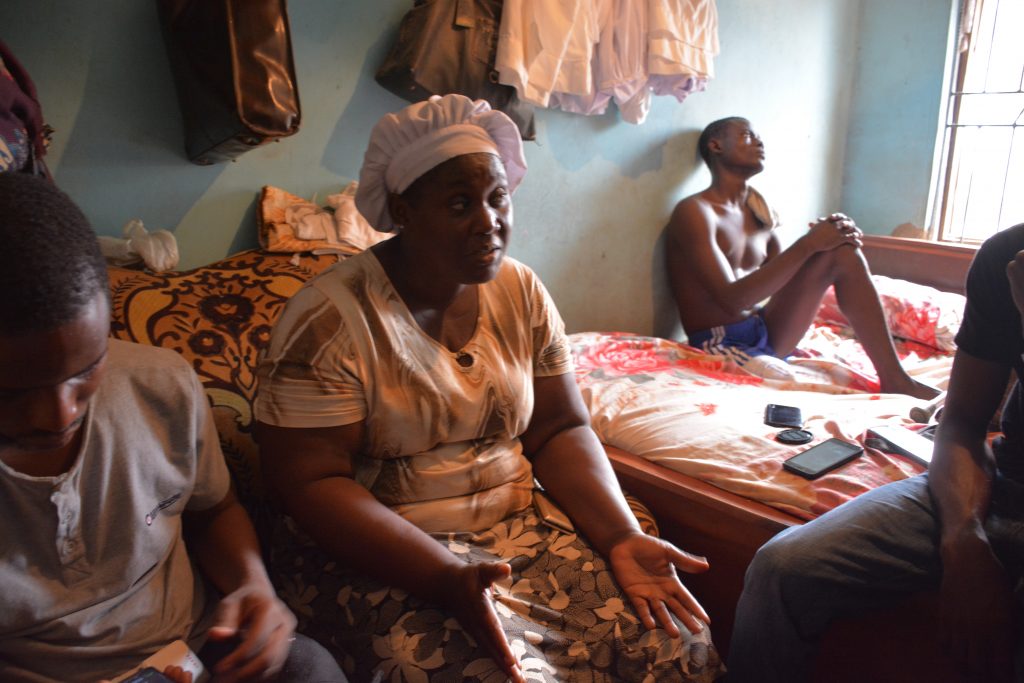
Funmi Faleye finished her bedtime prayers in the night of Tuesday, October 20 but strangely didn’t drift into sleep. Instead, her temperature started to rise and a strange restlessness enveloped her. She was still contemplating a cold bath when an unknown number rang her.
“Are you Lekan Faleye’s mum?” the caller asked. “Gunshot at Lekki!”
Her instinct was to rush to the hospital but the caller advised her against it; the roads were unsafe. The post-shooting chaos, looting and violence would mean Funmi didn’t get the all-clear to travel to Grandville until Saturday, October 24. She was immediately taken in to see the doctor. She was told her son couldn’t move his leg at all. The bullet had destroyed all the veins in the region it pierced.
“Your son will not be able to walk again,” she quoted the doctor as telling her. “We have to amputate the leg.”
The mother of four became disconsolate. She cried her eyes out but the doctors said amputation was the only option. When she insisted she didn’t want the leg amputated, Grandville put Olalekan in their ambulance. Lagos University Teaching Hospital (LUTH), Idi-Araba, was the destination.
Familiar story: at LUTH, there was no bed space. Therefore, Olalekan was relocated to the National Orthopaedic Hospital Igbobi, where doctors again said the leg had to be sacrificed. “Even if we spared the leg, it wouldn’t be any useful to him,” one doctor said.
Finally, mother and son were convinced.
Olalekan’s right leg was severed from the rest of his body on Sunday, October 25. Five days later, he was discharged from the hospital, left to endure the difficulty of returning to the one-bed face-me-I-face-you apartment he shares with his mother in Ijegun, a northern suburban community in Alimosho Local Government Area of Lagos.
Early-Morning Curse for Olalekan’s Shooters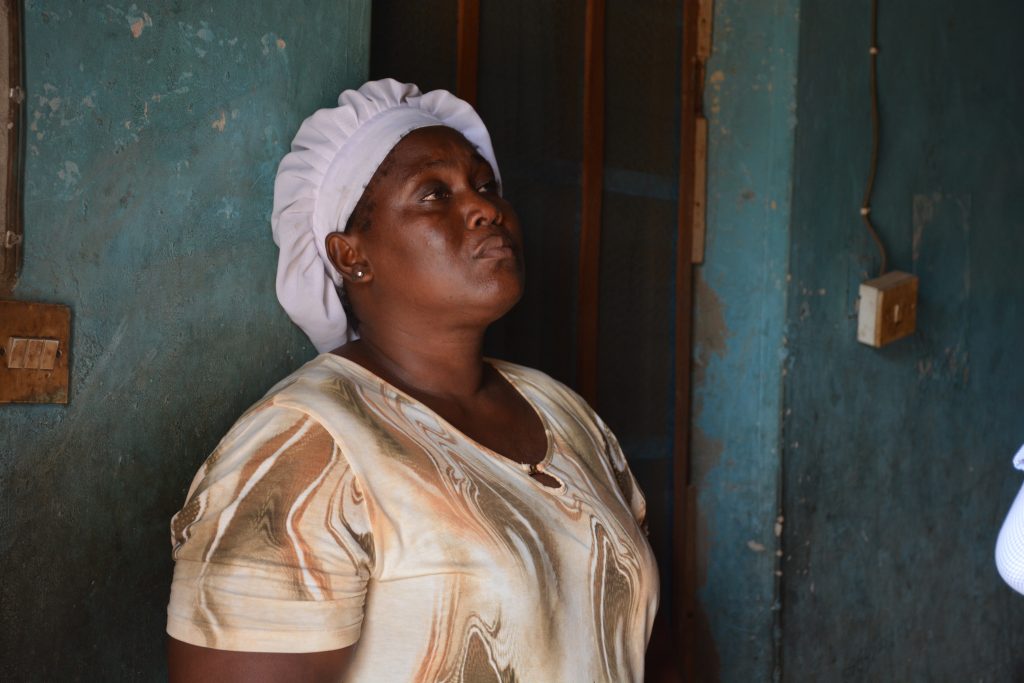
“I cannot lie to you; I have cursed his shooters this morning. That was at about 4:30am when I woke up,” Funmi says of the agony of dealing with her son’s newfound one-leggedness. “He still hasn’t recovered from the trauma. Sometimes he wakes up in the dead of the night and doesn’t return to sleep. Other times, you ask him a simple question and he snaps at you. You know, someone who had two legs but suddenly has only one. It’s such a terrible feeling.”
Olalekan’s anger is palpable. When consumed by thoughts of his severed leg, his right leg begins to shake vigorously. The sporadic, spasmodic movement usually lasts a minute to two.
“I am not happy; I am not happy,” the mother says repeatedly. “But I’m thankful he’s alive — because many of those taken away have still not been found.”
A Bullet as An Everlasting Souvenir
EDWIN AUGUSTINE EKENE
November 24, 2020. Edwin Augustine Ekene is leaving the Lagos University Teaching Hospital (LASUTH) exactly the way he came: with bullets!
“Till now, I have a bullet in my thigh. The X-ray shows that it’s still there. I do feel it when I sit on a hard surface,” the 24-year-old says as the journalist-turned-driver opens the door of the car to him and his girlfriend-caregiver, to herald a journey destined to end in one of the more austere neighbourhoods in Alimosho, the largest local government in Lagos.
The bullet that hit Edwin in his left thigh 34 days earlier pierced through the left side, shattered a bone and sheltered in his buttocks. The doctors told him he might be unable to walk again should they remove the bullet but, to him, this is “just an excuse”.
“They took me into the theatre around past nine and said the surgery would only last an hour,” he says. “They were done with the surgery around 10am and I returned to the ward around 11. I wonder what kind of surgery takes just an hour.”
Bullet Rain at Protest Ground
Now that Edwin is temporarily out of the hospital — he is to return on January 4, 2021 — he must pick himself up from where he was pre-October 2020, which is not as simple as it sounds. His mates are already back in school processing their final clearance for their National Diploma (ND) and picking Higher National Diploma (HND) forms. Edwin was meant to do this in December and return to school in January. Now he can’t.
“This incident has ruined all my plans,” he says. “Since January 2020 when I left school after submitting my project file and came to Lagos to search for a job, I haven’t got one. Then COVID-19 struck, and now #EndSars.”
Before #EndSars, Edwin was “hustling at the bus stop” at Ikotun. If he was in a friend’s shop, for instance, and there were things he did not have, Edwin would run to fetch them from someone else’s, just to earn some money.
A Cry for Justice
Edwin does not hide his disgust at claims by the Army and the government that no live bullets were shot at protesters.
“What about the bullet in my thigh?” he asks, clearly irritated. “I couldn’t have shot myself intentionally. I couldn’t have also gone to stand where people were shooting and then begged them to shoot me too. I was hit all of a sudden. When the bullet entered, I was just feeling a shock. I even thought I could take a step. It was in the process of trying that I knew the magnitude of what had just happened.”
Like other #EndSARS protesters, Edwin wants justice and compensation. “Time is money and I’ve wasted four months already,” he laments. “I’ve also spent the little I had. If anything, government should pay for my loss.”
No Regret or Disgrace in Death
JOSHUA SAMUEL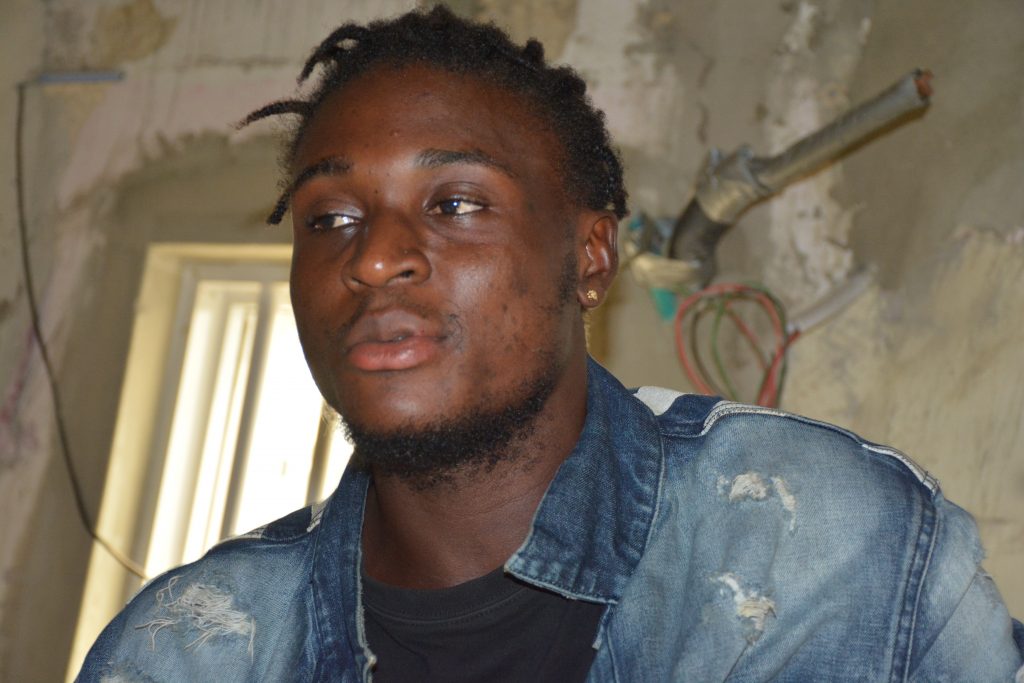
Joshua Samuel was close to dying. Shot in the back and losing a lot of blood, there were no guarantees of survival when he arrived at Reddington Lekki Hospital on Admiralty Way, Lekki Phase I, Lagos or when he was transferred to their headquarters on Idowu Martins Street, Victoria Island, because of a lack of bed space at the former. Yet, if he had passed on, Samuel would not have felt any “regret or disgrace”.
“I am not afraid,” he says. “Even if I had died on October 20, I wouldn’t have seen it as a disgrace or regret. I would be proud I died for my country. All I know is that I want my country to be good.”
Sounds like something anyone would say on camera but Samuel had previously proven his bravery at least twice. First, he had heard the rumoured coming of soldiers since about 4pm on October 20 but he didn’t leave the protest ground. And when a nearby protester was gunned down, Samuel’s first instinct was not to flee. He stayed back again to help the shot protester. That was when he got hit.
“Everything was going on smoothly until around 4pm when we heard that soldiers were coming,” he recalls. “We waited but did not see them. It was past 6pm when they started coming from Sandfill [Ozumba Mbadiwe Road]. When they came, they started shooting indiscriminately. People were falling; it was so scary. At a point, they killed to the extent that we knew we had to flee.”
Samuel had been “waiting for a very long time” for a move like the #EndSARS protests. His dad sometimes told him stories about the good, old Nigeria. He himself often wondered why many Nigerians live like prisoners or slaves in their own country. He often asked himself why Nigerian leaders rule the people like they are “rubbing and wiping them on the floor”. The youth put them there and should therefore have a say, he would reason.
“That greatness in this country needs to come back,” he says. “We have talented, bright people. But because of bad leadership, things are not working well. There are no jobs. Graduates end up as motorcycle riders after NYSC. They do other menial jobs. I am touched because I am also getting there soon. Is this what will happen to me after school? I can’t just keep quiet.”
Samuel is just one of a dozen young protesters whose lives have been forever altered by the events of that day. Since the incident, he has been “waking up in pains”.
“I now have this extreme anger which I did not have before,” he laments. “I am angry because of the pain. They ruined my life. Since this happened, I have been homeless because the friends I was staying with ran away; they thought I was dead.”
A REALLY LONG LIST
Ossai, Olalekan, Edwin and Samuel. Only four in a long lineup of young Nigerians presently carrying brutal injuries from October 20.
There is Tunji Odeyemi, who was shot in the face. The 21-year-old is an only child of his parents. There is Damilola Adeniyi, 19, who sustained a bullet wound to the head. And there is Lucky Philemon, whose right leg, where he was shot, has been amputated. There is Ayooola Yusuf, an 18-year-old who was shot in the leg.
Nicholas Ukpe, 34, was shot in the leg just like Damilola Adedayo. Yakub Sodiq received bullets in his hand and leg. Nnatah Stanley Chimezie was shot in his right leg, which has now been amputated.
The protests may have been prematurely ended by soldiers’ and the scars may be permanent, but Samuel says it’s just the beginning.
“I know that they are messing with the wrong generation,” he says, “because they are not going to get away with this.”
Editor’s Note: This is the third of a three-part series. You may read Part I here and Part II here. The eight infographics of injured patients reflect their health statuses as of November 2020, as documented by their caregivers.
This investigation was produced with funding support from Anap Foundation in furtherance of their objective of promoting Good Governance.
Add a comment
